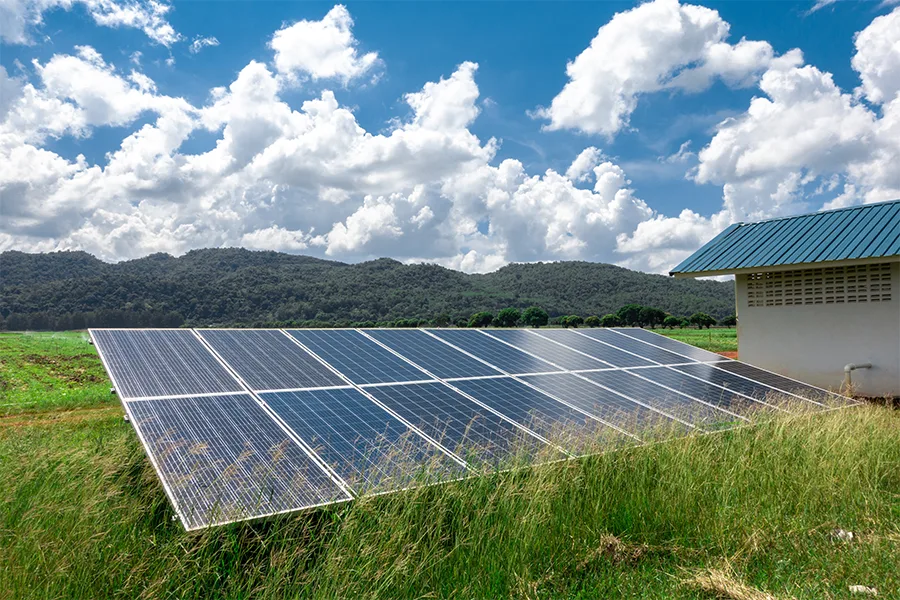Have you ever wondered how you can use solar energy independently? Would you like to live a comfortable life without worrying about a power outage or overpricing? Are you interested in helping to preserve the environment and reduce greenhouse gas emissions? If your answer is yes, then you are in the right place. Here, we introduce you to the Off-Grid solar system, which is a smart and innovative solution to provide your energy using sunlight.
Off-Grid systems are known as sustainable and economical solutions that are most commonly used for when we want to power areas that are far from the grid. These systems can use other renewable sources such as wind, water and geothermal to generate electricity in addition to the sun, and have also received a lot of attention in recent years. Let us begin a unique journey into the realm of a Off-Grid solar system, where creativity and environmental awareness converge.
The contents you read
Off-Grid solar systems
An off-grid system is considered an independent power generation system, especially in remote areas where grid access is limited or non-existent. The energy produced by the system is used for the consumer’s own needs and is considered a solution for energy self-sufficiency. These systems generate electricity using solar panels and operate independently of the traditional power grid.
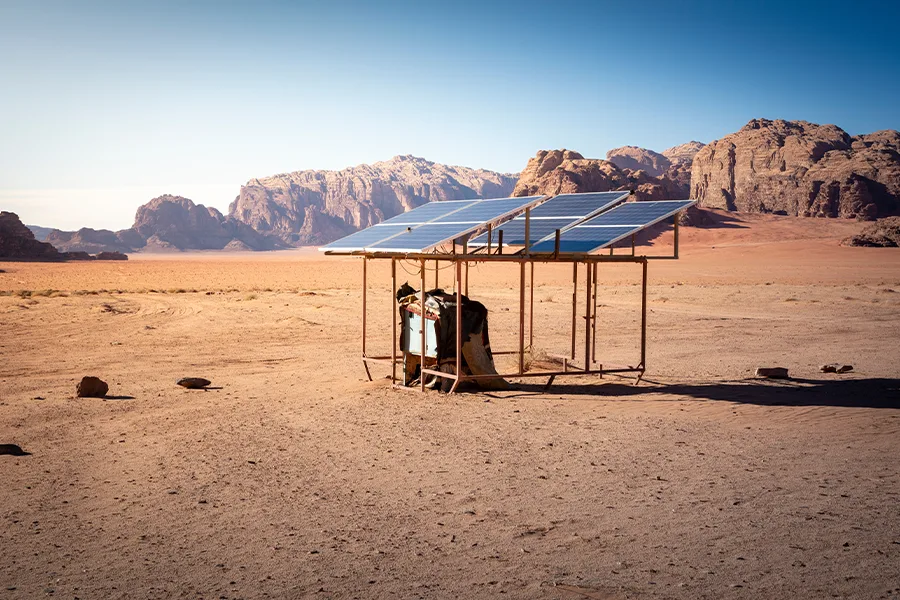
Types of Off-Grid solar system
The systems introduced below are among the most widely used Off-Grid systems that have been used;
Stand-alone systems
Stand-alone systems are the most common type of Off-Grid solar system. They consist of solar panels, energy storage batteries, charge controllers and inverters. These systems are designed to supply specific loads or power supplies for small-scale applications such as cabins, telecommunication equipment, household appliances, etc.
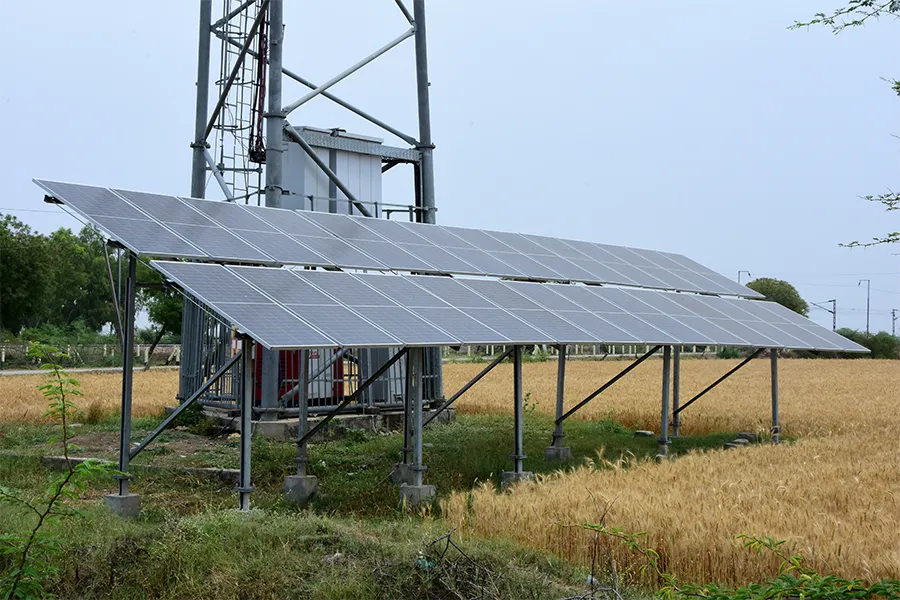
Hybrid systems
Hybrid systems combine solar energy with other energy sources, usually a generator or wind turbine, to provide a more reliable and continuous power supply. These systems are often used in places where sunlight is not constantly available or energy demand is high. Solar panels charge batteries and, if additional energy is required, generators or wind turbines are used to supplement the energy needed.
Mini grid systems
Mini grid systems, also known as micro-grids, are Off-Grid solar systems that serve larger communities or multiple households. These systems are usually made of several solar panels, batteries, inverters and a distribution network. They can supply electricity to several households, schools, etc. Mini grid systems offer a scalable solution for areas without access to the main grid.
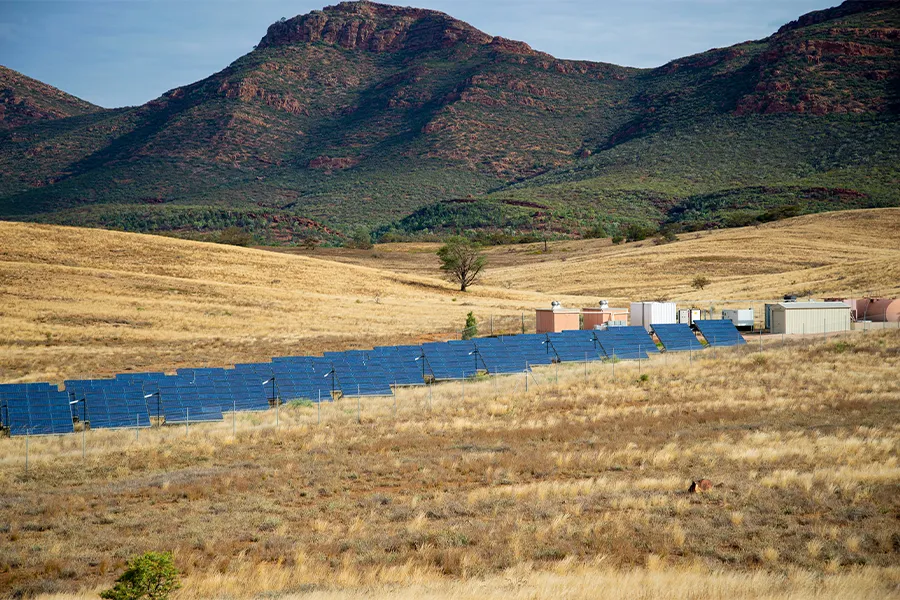
Portable systems
Portable Off-Grid solar system are designed to meet power needs where we need to move equipment and allow users to access clean energy wherever they are. They are lightweight, compact and easy to transport. These systems often include foldable solar panels, battery packs, and built-in inverters. Portable systems are ideal for camping, outdoor activities, emergency backup power or charging small electronic devices.

It is important to note that the size and specifications of an Off-Grid solar system should be appropriate to the energy needs, location, and available sunlight. When choosing the right type and size of these systems, factors such as daily energy consumption, the number of electrical appliances, and the number of days the system can operate without sunlight (backup) should be considered.
Components of the Off-Grid solar system
The equipment used in the Off-Grid solar system is almost the same as the equipment of the On-Grid solar plant or the hybrid system, but in some cases they have differences that we have stated below;
Solar panel
The solar panel placed in this system is like the panels used in the On-Grid solar plant, but according to the needs of the consumer, smaller solar panels can also be used in the off-grid or off-grid system to save costs.
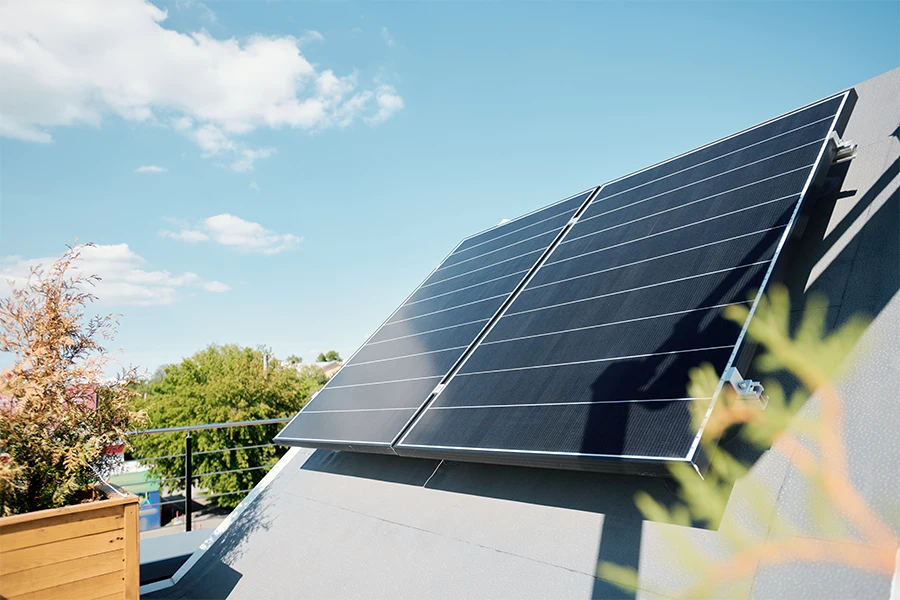
Charge controller
It is also called a charging regulator, which manages the flow of electricity between solar panels and the battery bank. It regulates the charging process and prevents overcharging and over-discharging of batteries. Charge controller ensures the efficient and safe operation of the Off-Grid solar system.
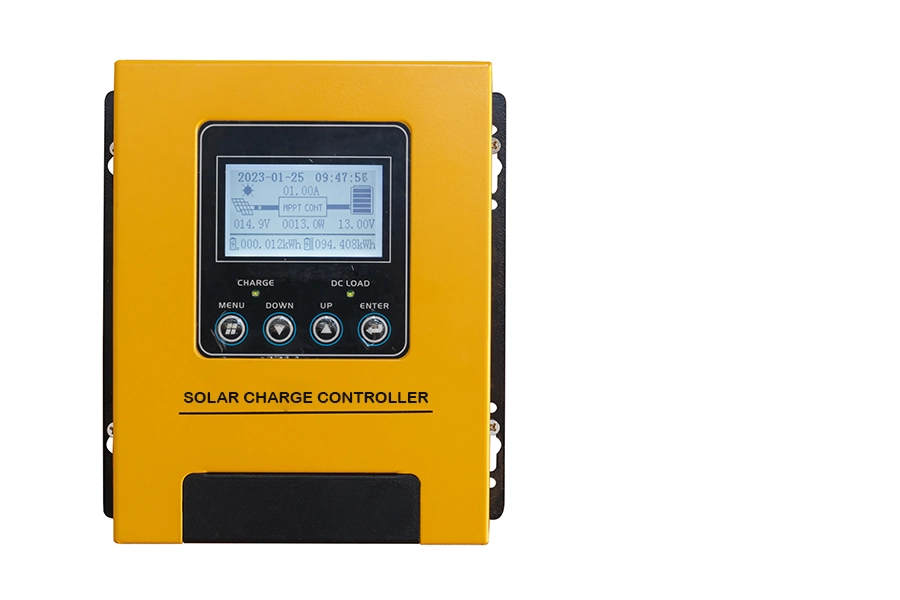
Inverter
It is an inverter that operates independently in the grid, and unlike grid-oriented inverters that connect to the grid and convert direct current (DC) to alternating current (AC), the off-grid inverter uses AC power from sources without connecting to the grid. Independent power generation, such as solar panels, wind turbines, battery systems, and generators.
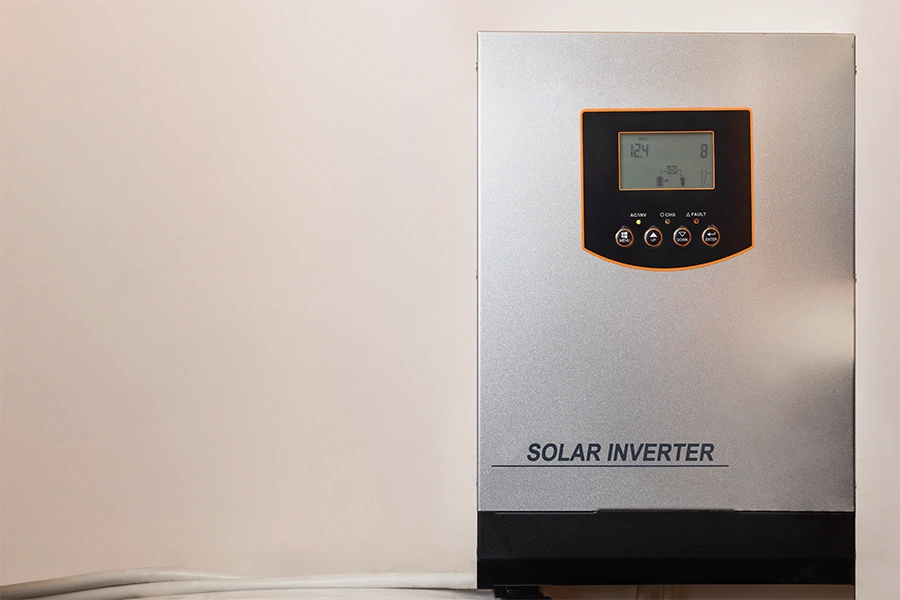
Battery bank
The battery bank stores excess electricity generated by the solar panels for later use, such as at night or during periods when sunlight is low. The battery acts as an energy reservoir, providing a constant power supply even when the solar panels are not actively generating electricity.
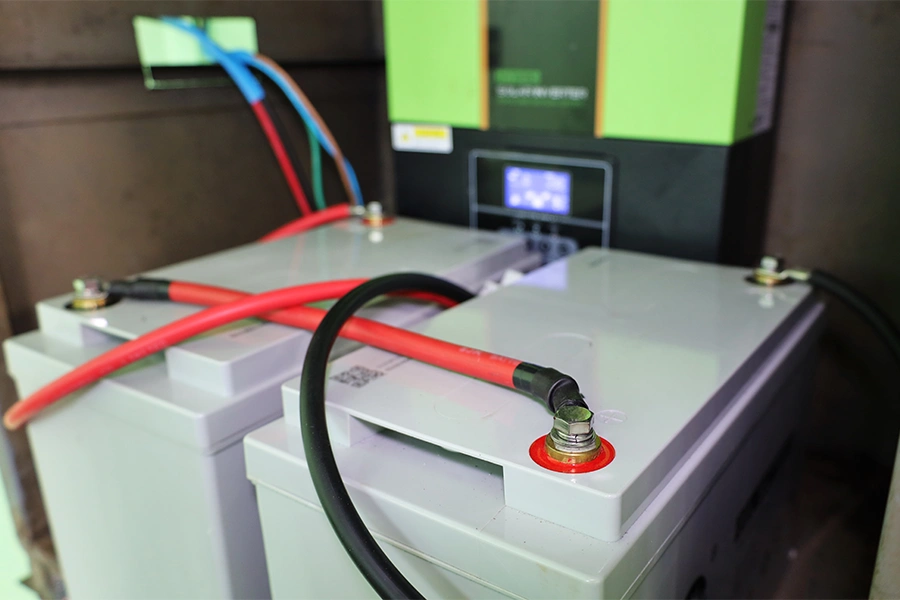
Consumer
Perhaps you can imagine why the consumer is named among the components of the off-grid system! But in fact, this system makes sense with consumers, and the generated electricity should be consumed by the desired devices and equipment, which can include lights, refrigerators, televisions, computers, pumps, and other household or commercial appliances. The size and capacity of the Off-Grid solar system is determined by the energy required by these consumers.
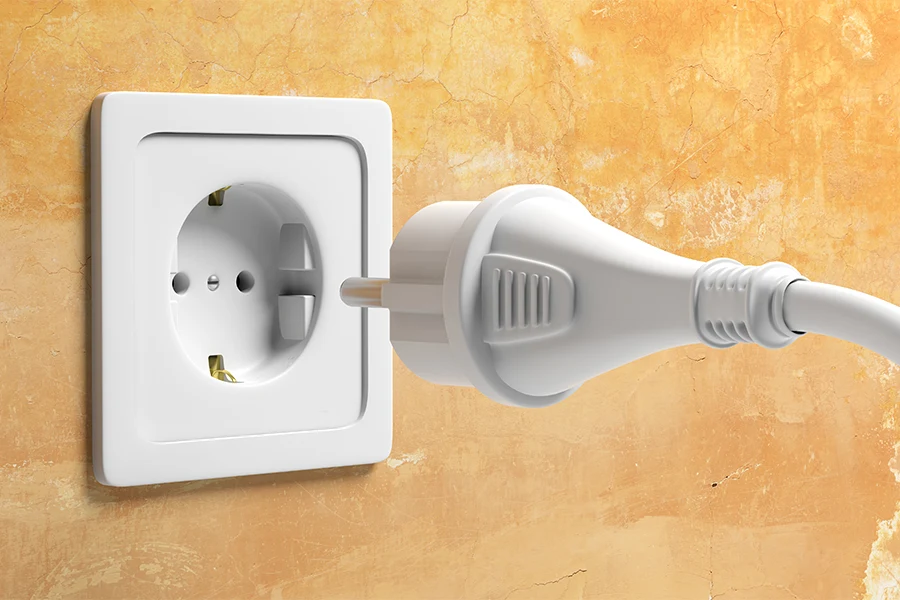
Backup power generation system (optional)
In some Off-Grid solar systems such as the hybrid system described above, a backup generator may be included as an additional power source to supplement solar energy during long periods of low sunlight or high power demands. The generator can be programmed to automatically start and supply power when the battery bank charge drops below a certain threshold, ensuring uninterrupted power supply in critical situations.
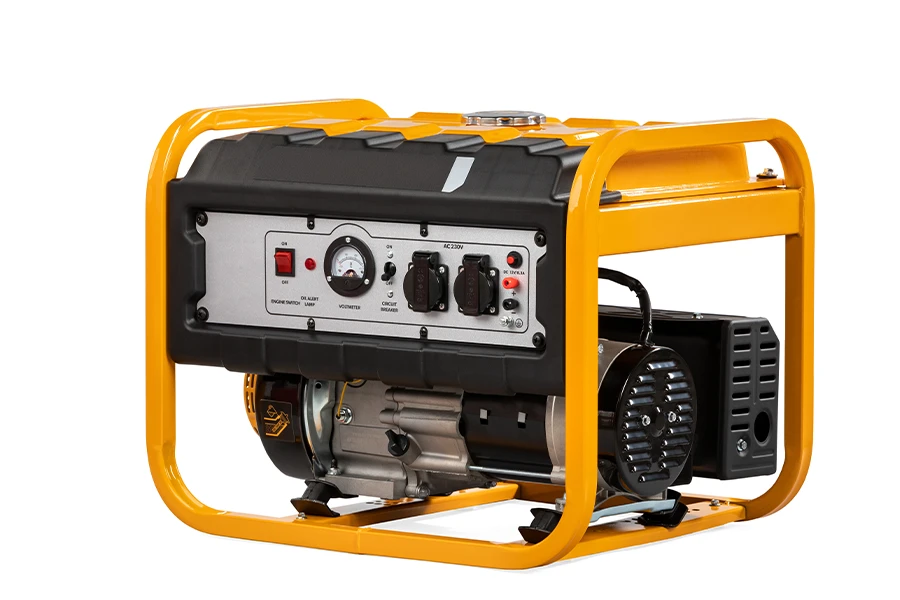
Advantages of off-grid solar system
These systems have different advantages, some of which are listed below;
Being independent from the grid
One of the biggest advantages of an Off-Grid system is your complete independence from the public power grid. By installing an off-grid solar system, you will be able to provide the electrical energy you need from the sun and you will not need to depend on the public electricity grid.
Cost savings
The off-grid system can help you save on your electricity costs. By using solar energy, you don’t need to provide electricity in different ways such as buying fuel and generator, and over time, you will save significant costs.
Environmental Protection
Using solar energy, which is a clean and sustainable source, instead of fossil fuel, helps to preserve the environment.
Installation in places far from the power grid
The Off-Grid solar system can be used as a suitable solution for places that do not have access to the public electricity grid.
Long life
These systems have a long service life and require less maintenance than other systems. In addition, some manufacturers even offer a long-term warranty for solar systems, which can increase your confidence.
Conclusion
More use of the Off-Grid solar system is an important step towards a stable and clean future in terms of energy. By increasing the use of this smart system, we can significantly meet our energy needs and reduce the problems related to dependence on the public power grid and energy costs. More use of the Off-Grid solar system not only helps us be smarter in energy consumption, but also increases energy efficiency in general. Considering the advantages of this system mentioned above, it gives us the opportunity to build a more stable and healthy future for the coming generations.
